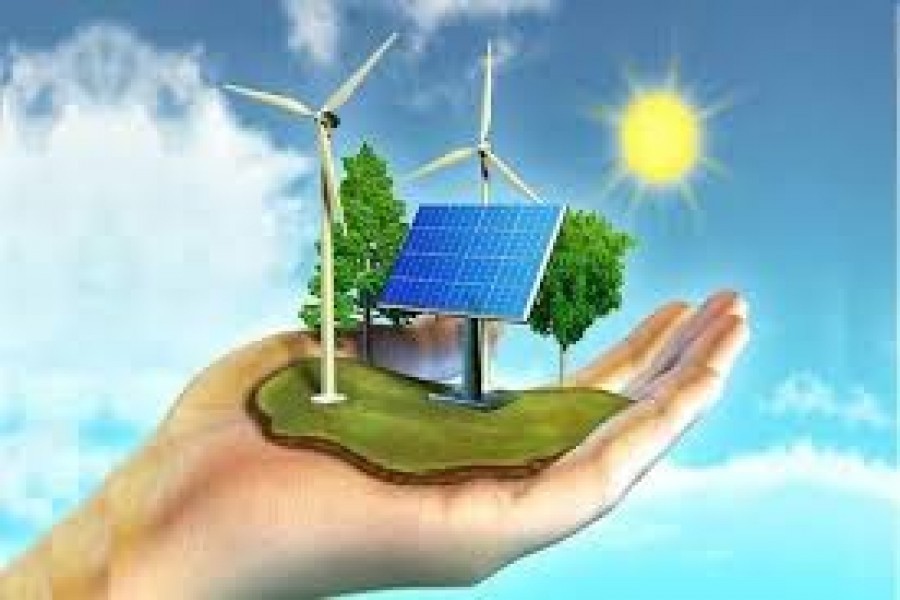Even the Taliban takeover in Afghanistan, a burning international political issue, could not dissipate the focus on climate change in world leaders' deliberations at the 76th session of the United Nations General Assembly in New York. Concerns expressed by Bangladesh Prime Minister Sheikh Hasina have been well received and acclaimed. The majority of leaders have committed to bringing down emission of CO2 and to that end emphasised speedy generation of renewable energy. On its part Bangladesh set its sight on generation of 2,000 megawatt of electricity or 10 per cent of the total from renewable sources by 2021. The year is in its terminal quarter and how much progress has been made in this direction should be made public. Then the government has a long-term Power System Master Plan (MSMP) under which 40 per cent of power is set to be generated by the year 2041. In reference to a video message during a high-level UN dialogue on energy on Saturday, state minister for power, energy and mineral resources, a report carried in the FE, though, gives the timeline at 2050. Has this been rescheduled? The energy use roadmap, however, puts emphasis on diversification of fuels for achieving energy security in the long run.
All this sounds good and some of the steps such as scrapping of 10 coal-fired thermal power plants have been in the right direction. However, this positive step has largely been undermined by repeated renewal of licences to captive power plants even at a time when the country has achieved an overcapacity of power. The Bangladesh Power Development Board's (BPDB's) annual report shows that utilisation of overall power capacity in the fiscal year 2019-20 was 40 per cent down from 43 per cent in the previous year. Worsening overcapacity means that BPDB will incur losses and power tariff will increase per unit at the consumer level.
However, the solution to this problem is no longer daunting. To go by the UN watchdog International Renewable Energy Agency's (IRENA's) report, the cost of electricity generation from renewable energy sources has been declining by 13 per cent each year. Over the last 10 years, the generation costs of solar power and wind power have declined by 82 per cent and 39 per cent respectively. Now if the land acquired for setting up of the scrapped thermal power plants can be used for solar plants and rooftop solar power generation can be raised to the optimal level, the target of 12,000 mw power generation is not only possible but can even be surpassed. Vietnam has to its credit, the generation of 9,000 MW from only rooftop solar system by this time.
Then there is the novel idea of floating photovoltaic system that can be built up on water bodies including rivers, haors and beels (marshy lands). This can lessen the pressure on precious lands in a land-scarce country for setting up of solar and wind power plants. According to an expert, the country can generate 5,000 MW of power from this system. If all such avenues are judiciously explored, Bangladesh -- because of its advantage of clear, sunny environment for most part of the year -- stands to phase out its pollutant power plants sooner than later. Power tariff will also drastically drop within the reach of all consumers.


